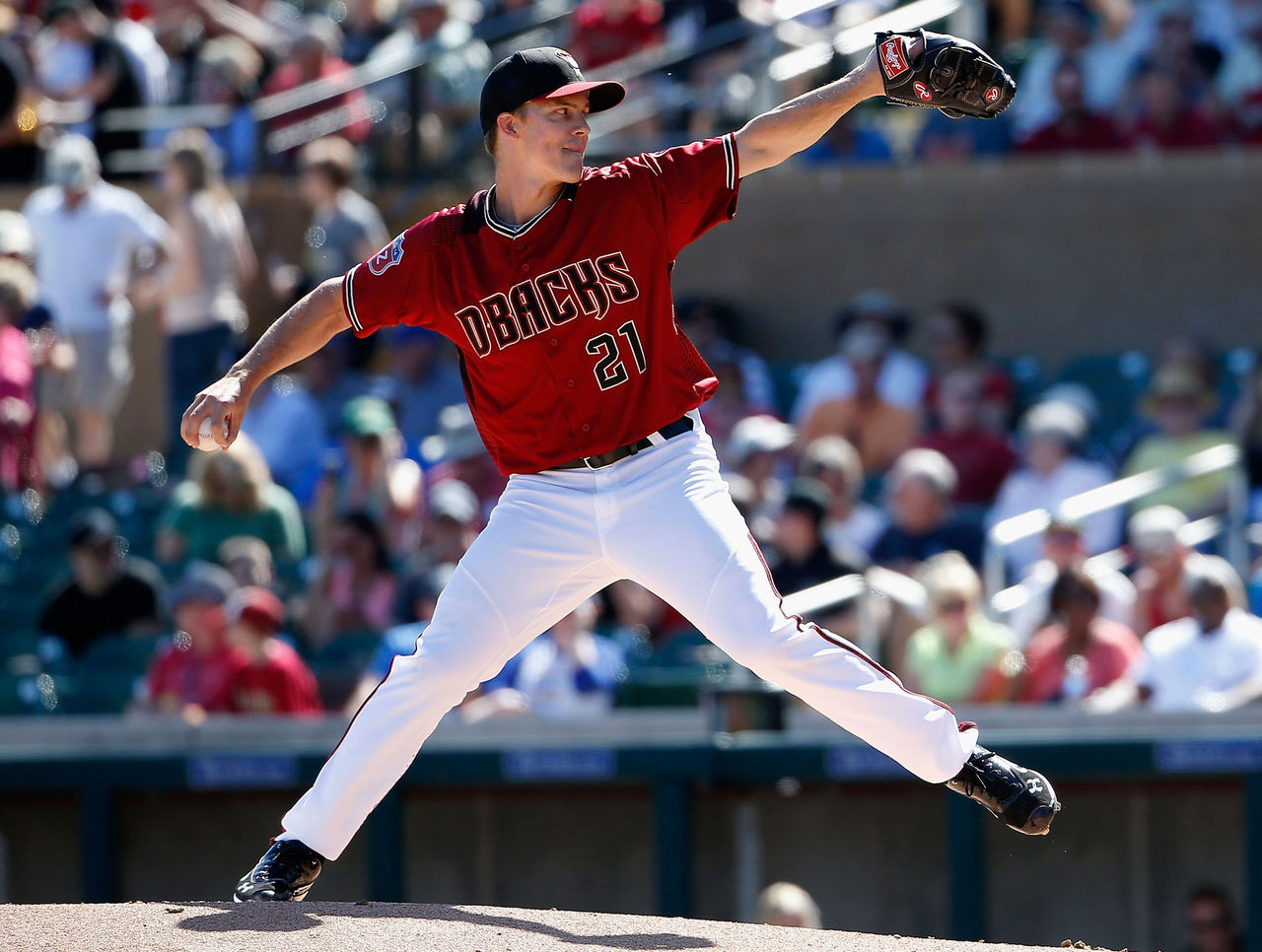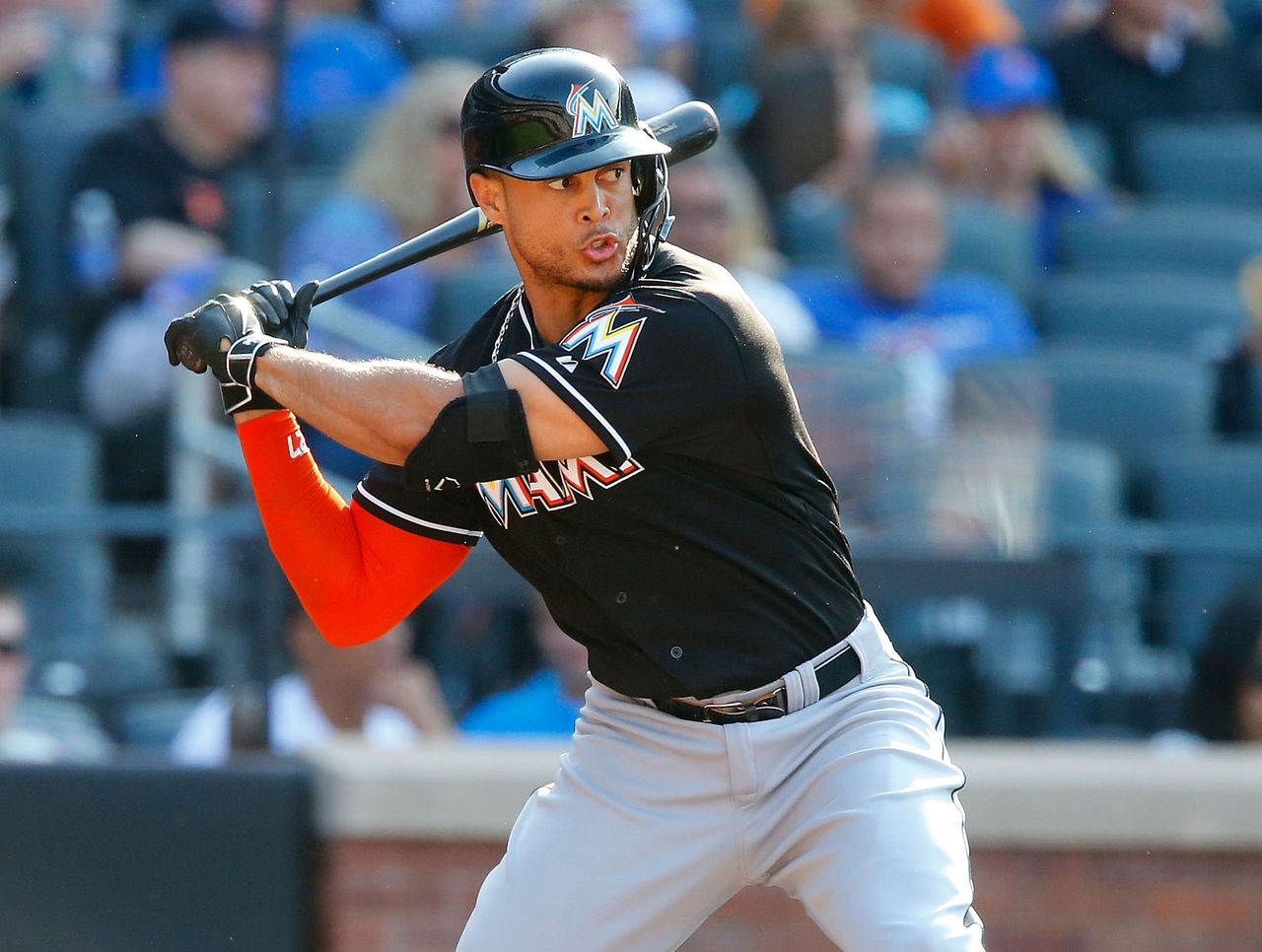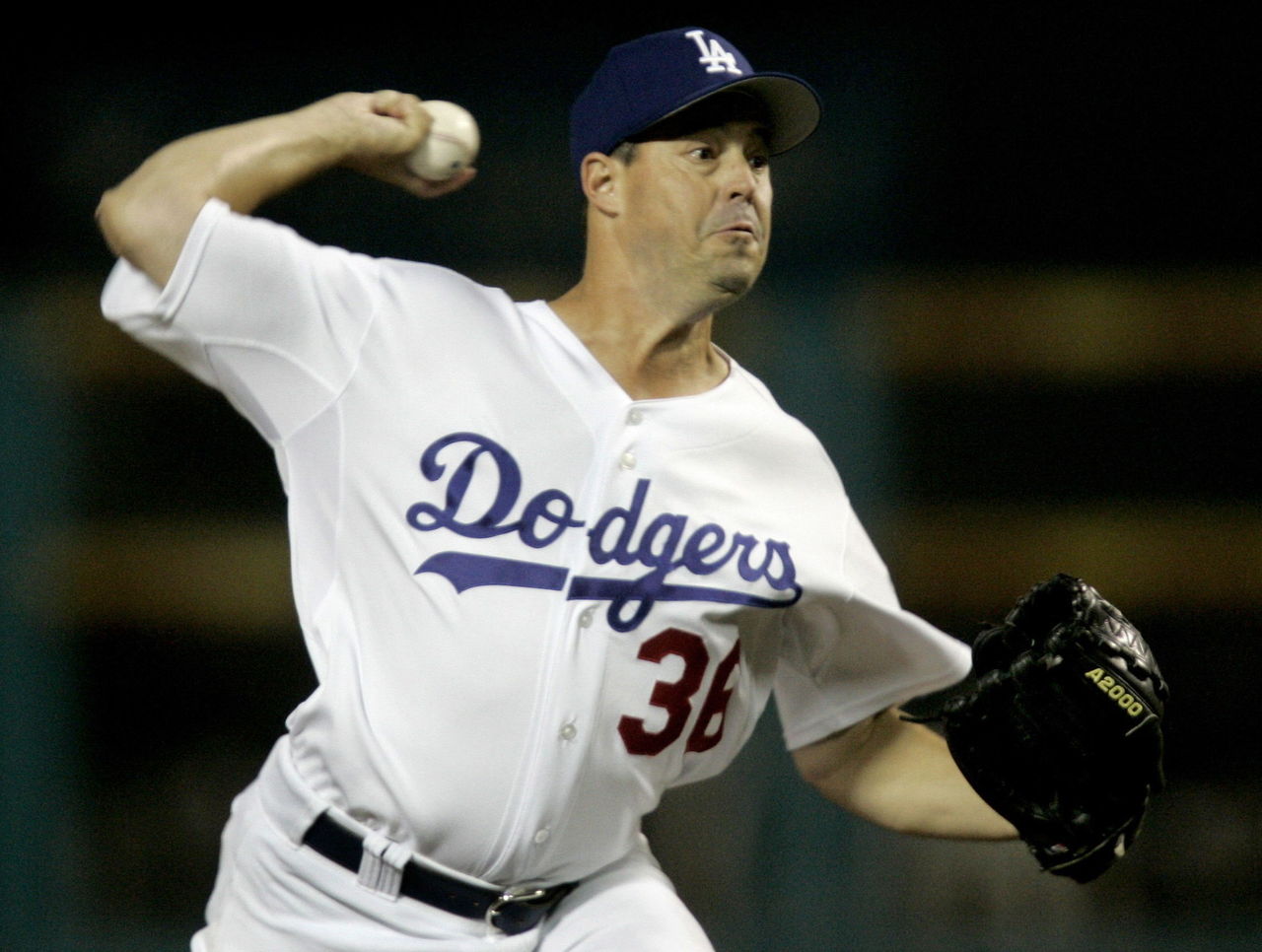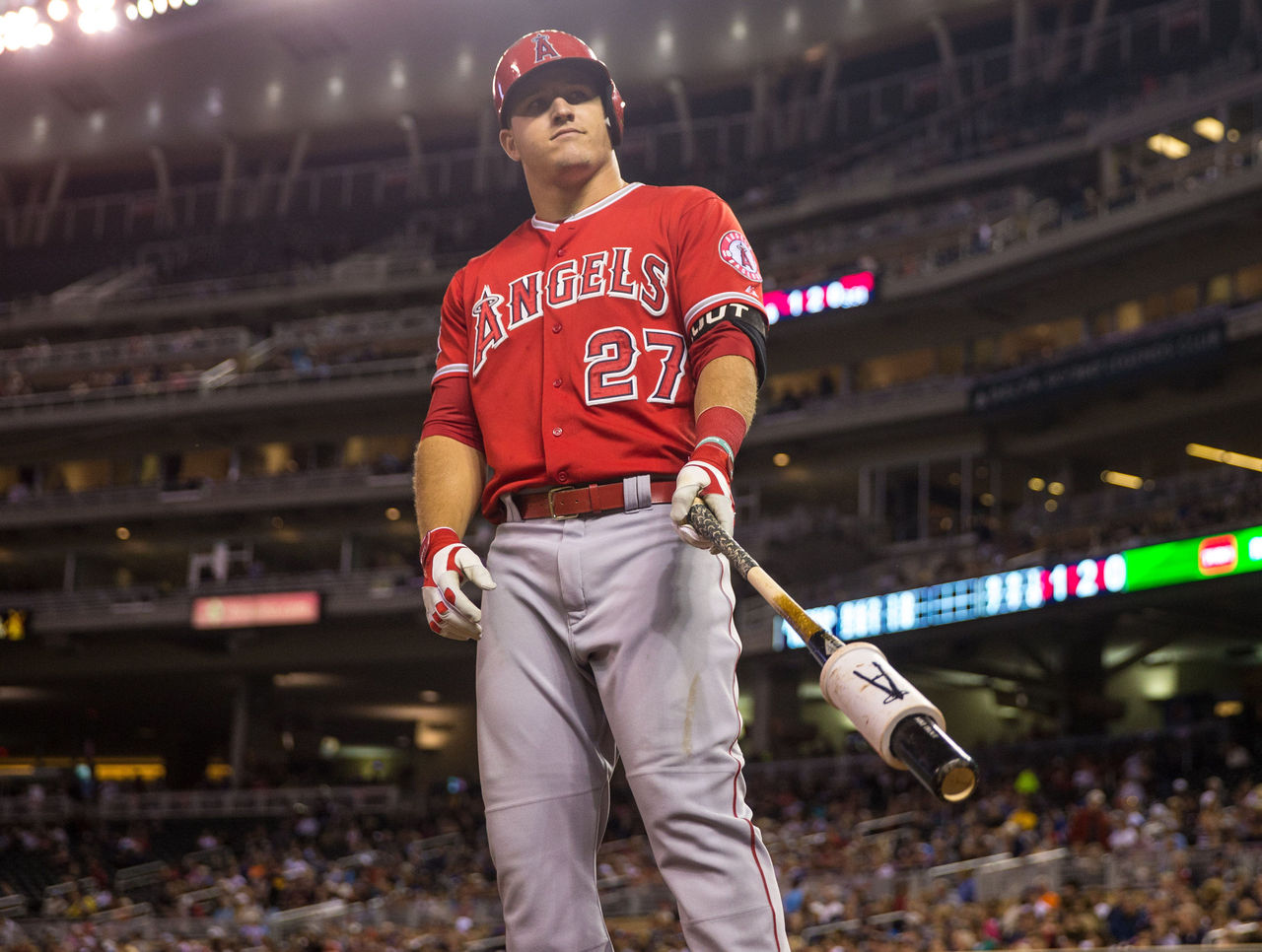Sabermetrics for Dummies: An A-Z guide
As much as it pains Hall of Fame inductee Goose Gossage that "nerds" have taken over baseball, advanced statistical analysis was a hallmark of MLB front offices long before "Moneyball." But it's more recently that an increasing number of fans have embraced the evolution of stats, with many now favoring sabermetrics over traditional markers.
The concepts are complex, and the acronyms aren't necessarily pretty, but with our new A-Z sabermetrics guide, you'll be extolling the virtues of xFIP before Francisco Liriano uncorks the season's first pitch Sunday.
A - Added win probability (WPA)
Throughout the course of a game, win expectancy fluctuates based on variables like the score, inning, etc. Changes in win expectancy are assigned to both the hitter and pitcher, with positive outcomes increasing the individual's WPA and negative outcomes decreasing the individual's WPA.
B - Batting Average on Balls In Play (BABIP)
With so many factors outside a hitter's control, BABIP tries to distill how lucky, or unlucky, a hitter has been by measuring how often contact (not including homers) results in a hit. It's not a perfect stat, but when looked at in conjunction with a player's batted-ball profile, BABIP can help evaluators discern talent from randomness.

C - Context
Context-dependent stats - like RBI, for instance - aren't ideal for assessing a player's abilities because they rely on too many factors outside that player's control. The best statistics for evaluating true performance levels are context-neutral (e.g. weighted on-base average, weighted runs created plus), which credit or debit players only for actions they themselves are responsible for.
D - Defensive Runs Saved (DRS)
Calculated by The Fielding Bible, DRS measures how many runs below or above average a player saves at his position, taking into account the level of difficulty and likelihood of the play being made (e.g. if a shortstop makes a play on a ball that's only turned into an out 23 percent of the time, he receives +.77 to his running total; if he can't convert, .23 is subtracted from his DRS score).
E - ERA Minus (ERA-)
A normalized, park-adjusted version of ERA that also accounts for the run-scoring environment of the pitcher's league. Each point below or above 100 is one percentage point better or worse than league average, making it easy to compare hurlers from different eras.

F - Fangraphs
A website with expert analysis from some of the strongest baseball minds around, as well as a seemingly endless database of advanced statistical information.
G - Ground Ball Percentage (GB%)
GB% quantifies how often balls in play end up on the ground, providing insight into the sustainability of a pitcher's/hitter's performance while helping managers deploy their bullpen. The game's preeminent worm-burner is Orioles closer Zach Britton, who boasts a 77 percent ground-ball rate since moving to the bullpen full time in 2014.

H - Home Run to Fly Ball rate (HR/FB%)
Pitchers generally don't have much control over whether deep fly balls end up as long outs or in the seats, so HR/FB% sheds light on how lucky or unlucky a pitcher has been regarding homers. League average is roughly 10 percent, and performance levels typically range from eight to 12 percent, so any pitcher well outside that range should be expected to regress.
I - Isolated Power (ISO)
Widely considered the best measure of raw power, ISO measures how many extra bases a player averages per at-bat by subtracting batting average from slugging percentage, with league average typically settling around .150. Last year, Bryce Harper led the majors at .319.
J - Jaffe WARP Score (JAWS)
JAWS is a player's career WAR averaged with the combined WAR totals from his best seven (not necessarily consecutive) seasons. SI columnist Jay Jaffe created the system to evaluate Hall of Fame worthiness.

K - Strikeout rate (K%)
By examining strikeout rate instead of raw strikeout totals, or even strikeouts per nine innings, we get the most accurate measure of a pitcher's ability to retire hitters without contact. Dallas Keuchel and Carlos Carrasco each struck out 216 batters last season, however, Carrasco's plate appearances ended with a punchout 29.6 percent of the time, while Keuchel fanned "only" 23.7 percent of opposing hitters.
L - Leverage Index (LI)
Leverage refers to the degree of change a play can have on a game's win probability, and while most fans intuitively recognize high-leverage moments - bases loaded in the eighth inning of a tie game, for instance - the index quantifies the intensity of these situations, enabling managers and fans to assess how players have fared depending on the situation. An average LI is 1; high leverage is 2.0 and up; low leverage is below 0.85.
M - Maddux
A complete-game shutout requiring no more than 99 pitches. The term was coined in 2012 by blogger Jason Lukehart in honor of the four-time Cy Young Award winner, who authored 13 such performances in his Hall of Fame career. No other pitcher since 1988, when pitch-count data started being reliably tracked, has more than seven career Madduxes.

N - Non-competitive pitch
Any offering that misses the strike zone by such a huge margin that the batter never considers swinging.
O - Adjusted On-base Plus Slugging (OPS+)
Similar to ERA-, adjusted OPS (OPS+) conveys how a player's on-base plus slugging compares to league average. Normalized and adjusted for park effects, OPS+ also uses 100 as league average, with each point up or down denoting one percentage point above or below league average.
P - PECOTA
Developed by Baseball Prospectus, this projection model named for the light-hitting Kansas City Royals infielder forecasts a range of performance outcomes for a player in a given season based on how comparable players - in terms of both physical attributes and performance - fared in the past.

Q - Quality Start rate (QS%)
The percentage of starts in which a pitcher throws at least six innings and allows no more than three runs. It can be argued whether a six-inning, three-run outing constitutes a noteworthy performance, but of the seven teams to manage a QS% of at least 57 last year, five made the playoffs.
R - Replacement level
Term that describes any player who costs no marginal resources to obtain (e.g. a minor-league free agent who will sign for the league minimum). Since these players are always readily available, replacement level constitutes the baseline for assessing marginal value.

S - Shutdowns/Meltdowns (SD/MD)
Instead of using arcane statistics like saves and holds to assess a reliever's value, you ought to use shutdowns/meltdowns which are accrued any time a reliever increases or decreases his team's win expectancy by six percent or more in a given outing. Mark Melancon, who led the bigs in saves in 2015, also notched the most shutdowns.
T - Thrown Out On The Bases Like A Nincompoop (TOOTBLAN)
TOOTBLAN refers to any non-force-outs made on the basepaths due to overzealousness from a runner trying to take an extra 90 feet. Thanks to the handy TOOTBLAN Tracker, we know that Dexter Fowler led the majors in this dubious category last season, getting thrown out on the bases like a nincompoop 15 times.

U - #Umpshow
Coined by ESPN prospect guru Keith Law, this term refers to any needlessly excessive/aggressive act or ruling by an umpire, often in a shameful attempt to get some attention. (See: West, Joe; Hernandez, Angel)
V - Value Over Replacement Player (VORP)
Engineered by Baseball Prospectus, this metric quantifies how many runs a player has been worth to his team compared a freely available player, while taking into account only the player's offensive contributions.
W - Wins Above Replacement (WAR)
The most comprehensive evaluative metric, WAR goes a step beyond VORP to estimate how many wins a player has been worth to his team compared to a freely available player by taking into account the totality of that player's contributions (offense, baserunning, and defense).

X - Expected Fielding Independent Pitching (xFIP)
Fielding independent pitching - a run estimator scaled to resemble ERA that only accounts for factors directly in the pitcher's control (strikeout, walks, HBPs, and home runs) - is great, but because home-run rate can be volatile, xFIP tweaks the formula and uses league average HR/FB% instead of homers allowed.
Y - You Can't Predict Baseball (#YCPB)
A refrain that shows up repeatedly on Twitter throughout the season because, even amid the huge strides made in recent years to improve our understanding of the game, you just can't predict baseball.
Z - Zone-Contact rate (Z-Contact%)
A strong gauge of both a hitter's ability to get his bat on hittable pitches and the strength of a pitcher's stuff, Z-Contact% quantifies the frequency of contact when a batter swings at pitches inside the strike zone. Last year, Daniel Murphy led all qualified hitters with a 97.5 percent zone-contact rate, while Clayton Kershaw and Chris Sale tied for first among pitchers at 78.2 percent.